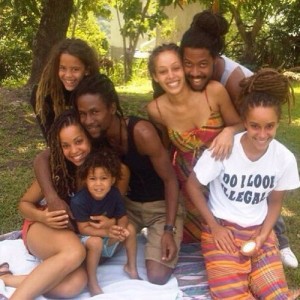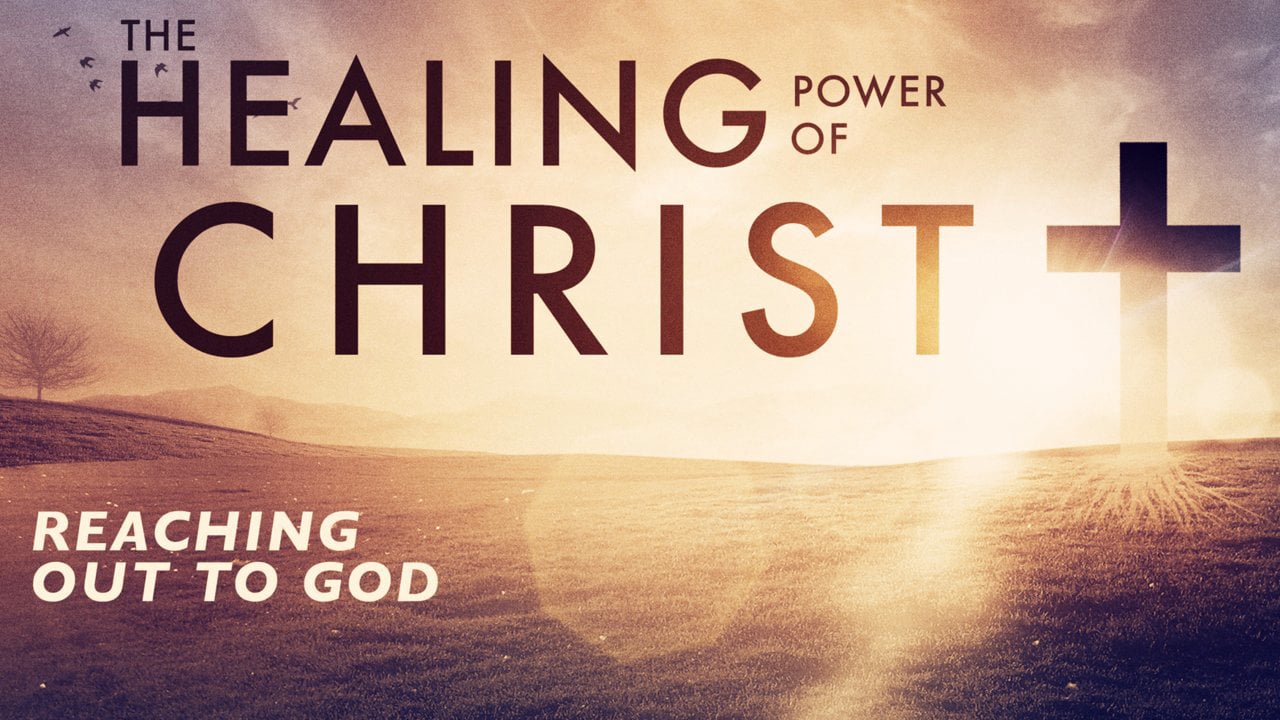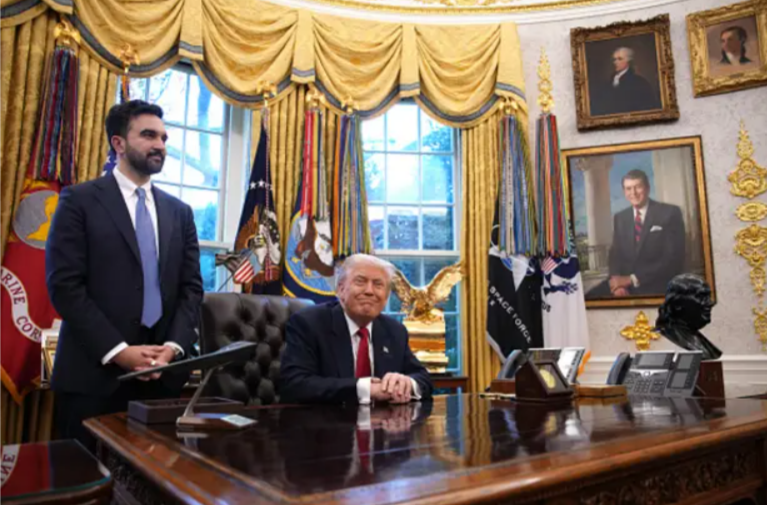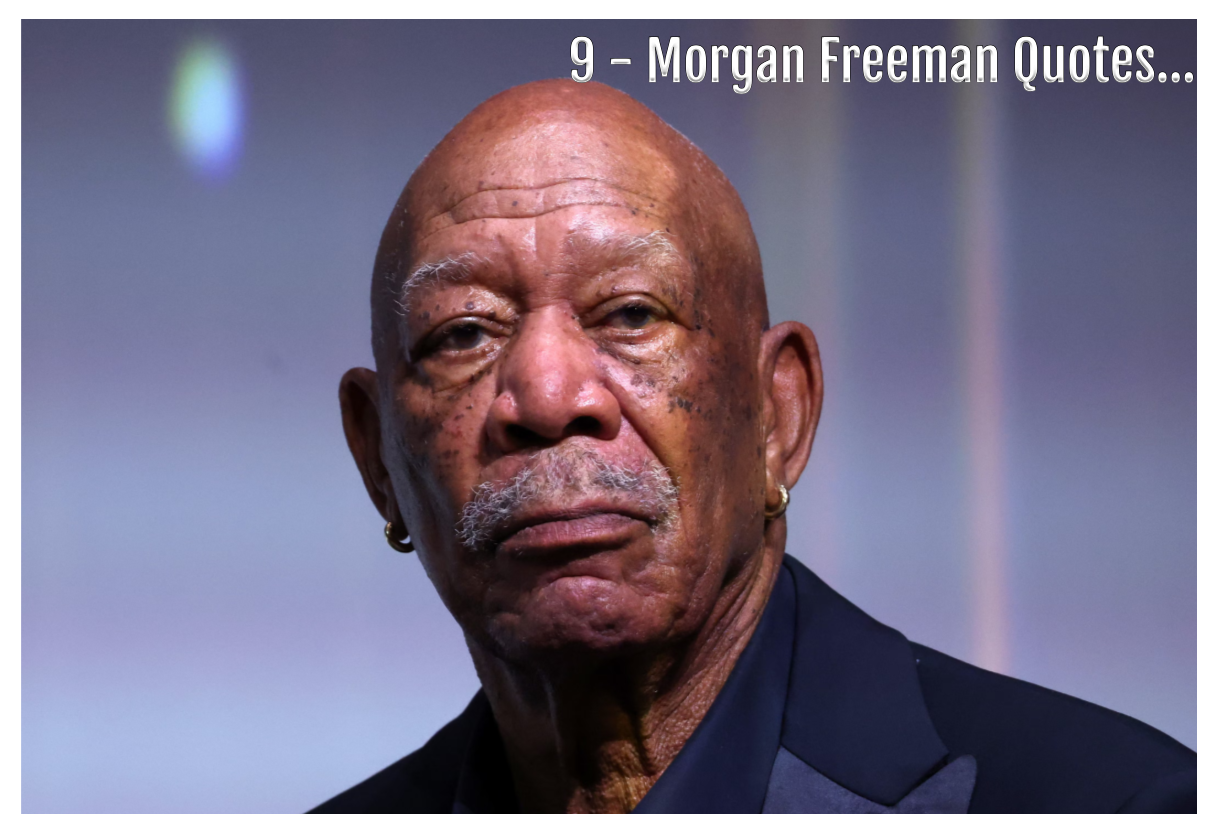(ThyBlackMan.com) Across the world one can find peoples from all cultures wearing their hair in the form of dreadlocks. This hairstyle was made famous by Rastafarians, a small Black Nationalist religious sect indigenous to Jamaica, whose theological foundation is influenced by Judaic Old Testament scripture. Though humans have worn dreadlocks since the beginning of recorded history, it is the world’s exposure to Rastafarianism via reggae that influenced many to wear this hairstyle, which was once seen as formidable and “dreadful” by the establishment during the Colonial periods.
Despite Jamaica’s predominate population of African ancestry, the Europeans’ ideology governed Jamaica with an immense grip during the inception of Rastafarianism. During colonialism, Jamaicans received an education that exalted England while professing disdain for anything African. The result was a population of Africans who found the attainment of the European lifestyle to be the epitome of life. Government officials met Rastafarianism with immense oppression, prohibiting Rastafarians from partaking in all aspects of society, mocking their beliefs and appearance, and cutting the locks of earlier converts.
There are three main theories of the origin of Rastafarians wearing their hair in the form of dreadlocks. Some historians claim the hairstyle derived from Old Testament Biblical text, specifically the Nazareth creed that instructed against the trimming of the hair and beard of believers.
During the entire period of the Nazarite vow, no razor may be used on their head. They must be holy until the period of their dedication to the Lord is over, they must let their hair grow long. (Numbers 6:5)
Other historians give responsibility to Indian indentured servants who not only brought the famed curry and marijuana to Jamaica but also the practices of Indian shamans called Sadhus. Sadhus have existed in India for thousands of years, shunning worldly possessions, wearing their hair in dreadlocks, while constantly smoking copious amounts of marijuana to elevate their consciousness within the unconscious world in which they were forced to live.
The final theory, which I believe to be the most plausible, comes out of Africa. Note there were Africans who lived in what is now modern-day Nigeria with great similarities to Indian Sadhus, wearing dreadlocks, shunning worldly possessions, but they are not the source of inspiration. The inspiration derived from Kenya’s  Kikuyu peoples who became freedom fighters during the inhumane treatment of British imperialism. British government officials used foreign press to portray the freedom fighters as the aggressors using the name “MAU MAU.”. Though the name stuck, according to Robert B. Edgerton in his ‘Mau Mau African Crucible,’ the name of Mau Mau was not the original name and was created by mispronunciation by Kenyan police who heard members referring to themselves as ‘Umm Umm’.
Kikuyu peoples who became freedom fighters during the inhumane treatment of British imperialism. British government officials used foreign press to portray the freedom fighters as the aggressors using the name “MAU MAU.”. Though the name stuck, according to Robert B. Edgerton in his ‘Mau Mau African Crucible,’ the name of Mau Mau was not the original name and was created by mispronunciation by Kenyan police who heard members referring to themselves as ‘Umm Umm’.
Mau Mau’s dread hairstyle was not worn for fashionable reasons but for survival purposes while engaging in ferocious guerrilla warfare against British funded military K.A.R (Kings African Rifles) that used vicious brutality to subdue the Mau Mau.
The cold forest was no place for bathing, and the Mau Mau were indescribably filthy, their hair plaited into spikes that jutted out in all directions so that it would be easier to kill the lice that plagued them. (Edgerton, 1989)
The Mau Mau were the main reason for the independence of Kenya, though credit is given to Jomo Kenyatta despite his public denouncement and criticism of the Mau Mau. Kenyatta was also incarcerated and depressed during most of the freedom struggle. Followers of Leonard Howell one of the forefathers of Rastafarianism found great pride in the news clippings they received of Mau Mau resistance and found dreadlocks as both a symbol of anti- colonialist demonstration of self-love and self-acceptance while inflicting ‘dread inna Babylon’.
The modern use of dreadlocks as a fashion statement is far removed from its origin of survival and resistance against indoctrination of self-hate for one’s African ancestry and African features. Currently dreadlocks are worn by those who are subservient to the ideology of capitalism, having disdain for their African heritage and ignorance of their ancestors’ struggles. American hip-hop artists, who share a message that is destructive to the black community, are wearing dreadlocks while promoting unfettered consumerism and capitalistic individualism. This runs counter to the original Rastafarian teachings of frugality, community, peace, and love. Jamaicans who sport dreadlocks are unaware of the harassment and brutalization such hairstyles brought less than 40 years ago.
Salute to the freedom fighters Dedan Kimathi, Waruhiu “General Chinna” Itote, Bildad Kaggia, Fred Kubbia, Stanley Mathenge, and Musa ‘Field Marshall’ Mwariama who sacrificed their lives for their people and their land. The influence of their courageous acts extends much farther than the African soil. Their warrior spirit has influenced numerous Africans scattered across the world, displaced by the greed and ignorance of imperialism, to love and believe in themselves to fight against and overcome injustices.
Staff Writer; Linton Hinds Jr.
Official website; http://Livity.info/

















nice!